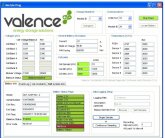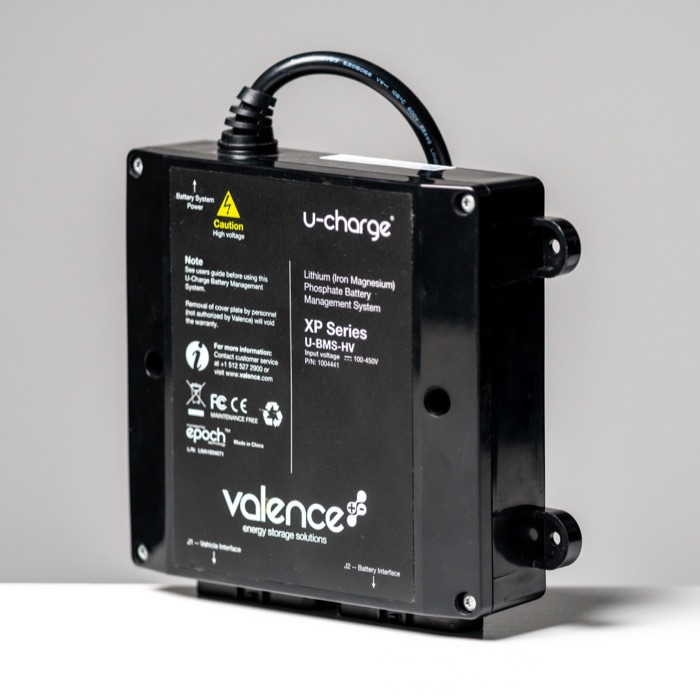I am new to the group, but in a situation similar to others here. Purchased two U27-12XP's off of Ebay without fully understanding the difference between the XP and the RT series. I will be using them for boondocking in a travel trailer and charging with solar. I also went through the route of talking to someone at Valence. He also told me that they do not sell BMS's without selling a system of batteries. He did tell me that the BMS software needs to be configured for the setup (e.g., number of batteries in series, parallel, and their numbers, etc). They just don't find that very cost effective from an application engineering perspective. They are considering selling a larger unit with a BMS in it, but it will be out of my price range either way. I asked if I really needed a BMS if I am running the batteries in parallel and if I were willing to give up some capacity given the mild characteristics of LifePo4 - I briefly worked as a controls engineer for a battery manufacturer in a past life and I am slightly familiar with the topic. He said that I could probably get away with setting an external disconnect voltage of 12V and limit charging to 14 or maybe 14.2 volts. I decided that I will give this a shot.
I have been doing some tests with the batteries individually. I have been charging using a BN series Epever MPPT to 14.2 V and discharging at about 125 W's. I can get about 1300 W.hr out of one battery and about 1400 W.hr out of the other when I disconnect at 12 V. A little less than I expected, but still meets my needs reasonably well. I can also tell that by the time I hit 12 V's I am on the tail of the discharge curve and the voltage will yield fairly fast. If I had measurements from individual cells and if I did let them drop to 2.5 V per cell, I might get another 100 W.hr's is my guess. I do want to get the monitoring function working so that I can get a feel for how many cycles are on these things and what the cell voltages are. I am guessing over a thousand cycles, but less than a couple thousand.
My inverter does not have an adjustable low voltage cut-off, so I bought a Victron BP-220 for low voltage protection. I haven't used it yet. The Epever has a low voltage protection on the load side, but I can't tell what is the maximum load allowed on that auxiliary output, so I am assuming that it is probably limited to 40 A, which is the charge limitation. I don't think I can connect the inverter to the load output of the solar charger. If someone has a better idea for low voltage protection or an opinion on whether this will work well, please let me know. Maybe a similarly priced inverter with an adjustable low voltage cutoff? I just got the inverter and I can return it.
I also talked to the people at Muller Industries and I am a little disappointed. The MIUSA-BMSLV was originally listed at $300, which is a reasonable price for it in my opinion. It is currently listed at $500 and out of stock. They said that they will have it back in stock by the end of the month, but the price will be $600. That is quite a lot. I can see it being worth it if you need to put the batteries in series and have batteries in pretty decent shape, but this is not the case for me. Best case scenario, I would get another 100 W.hr's out of these batteries and that is basically $3 for w.hr of extra capacity. That is quite a lot: about ten times what I paid for these things. I think I will take my chances running without a BMS. I might also see if I can make the OpenXPBMS work for my application.







